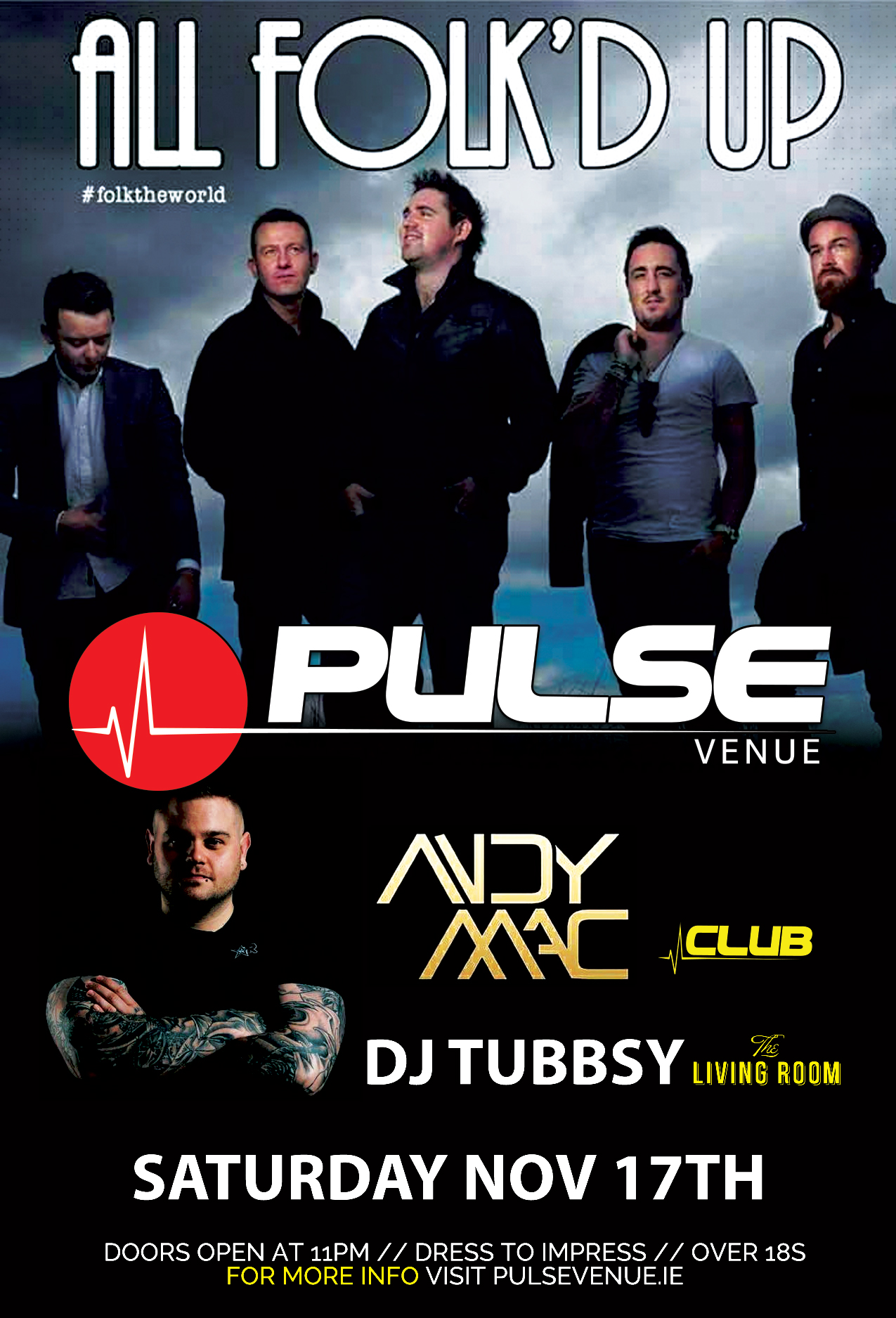SIGNS OF NORTHERN BLOCKING HEADING INTO THE METEOROLOGICAL WINTER
As we head towards the start of the meteorological winter in Ireland which starts on the 1st of December every year and ends on the last day of February there are a signs on a number of models and indeed long range weather models that we might see a lot of northern blocking this winter.
What is northern blocking you may ask?
Although we are still just under a month from the start of winter some very interesting synoptic patterns are beginning to show their hands with numerical model output strongly suggesting a significant rise in pressure will take place over coming days. This can eventually lead to very cold spells developing down the road but at present looking two weeks down the road there is hints of something colder possibly developing but noting significant.
Blocks in meteorology are large-scale patterns in the atmospheric pressure field that are nearly stationary, effectively “blocking” or redirecting migratory cyclones. They are also known as blocking highs or blocking anticyclones. These blocks can remain in place for several days or even weeks, causing the areas affected by them to have the same kind of weather for an extended period of time (e.g. precipitation for some areas, clear skies for others). In the Northern Hemisphere, extended blocking occurs most frequently in the spring over the eastern Pacific and Atlantic Oceans.
Continues below
Later next week a blocking high pressure pattern develops over Scandinavia which will allow the weather to turn colder with the risk of sharp frosts at night and temperatures by day at around 3C to 7C. There will also be a lot of drier weather around too and some sunshine too. The high then moves westwards towards Greenland and this would allow colder easterly air to start effecting Ireland and the UK originating from northern Russia.
The big question then after is if this blocking high can hold on and stays to the north. This time of year there is a good chance of this happening as the blocks can be hard to shift and if it was to stay in place then you could get a spell of more significant colder weather and snow possibly over the start of December.
Another factor forecasters look out for this time of year is a Sudden Stratospheric Warming which can lead to your normal westerly flipping easterly which does not happen right away during a Sudden Stratospheric Warming but more like two weeks our so down the line.
Current model runs from the GFS is hinting at a cold end to the end of November but noting significant on the latest GFS 18Z model run tonight we see snowfall again shown for around the 26th of this month especially for western and northern parts of Ireland and the UK but this is likely to change again and can not be forecast until closer to the time and may not even happen.
For example below show the latest GFS model run shown the risk of wintry falls.
And lets not forget the Atlantic pattern and westerly flow can change very quickly also bringing a very wet and windy period of weather but the signals at the moment is for a colder spell but noting to cold at the moment. Snow at the end of November cant be ruled out
Over the coming weeks you will probably here the same thing over and over about a white Christmas but lets be honest that’s noting new and something we here every year and can not be forecast until closer to that time period. But we are well over due one
That is it for this update and I will update again over the weekend on the latest outlook heading towards the end of November.
Kenneth from the Donegal Weather Channel
2019 CALENDAR NOW ON SALE







































